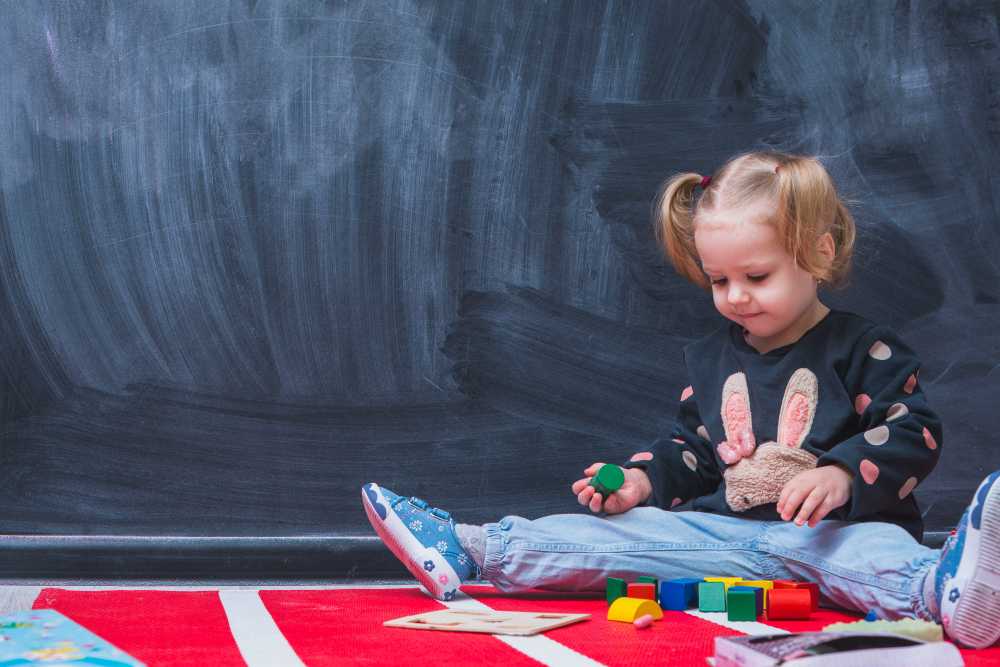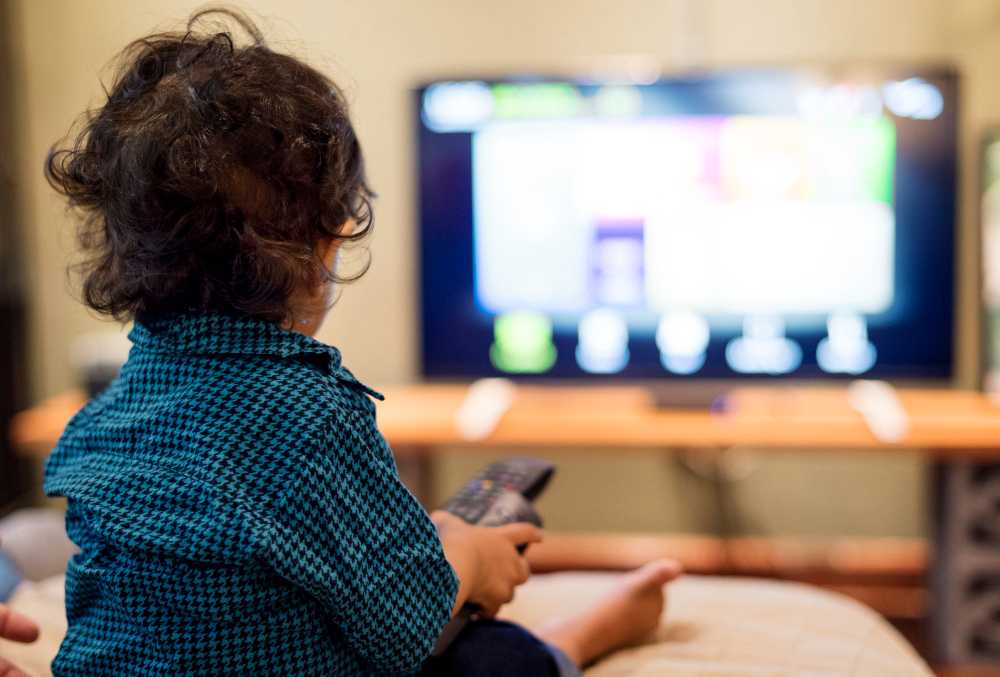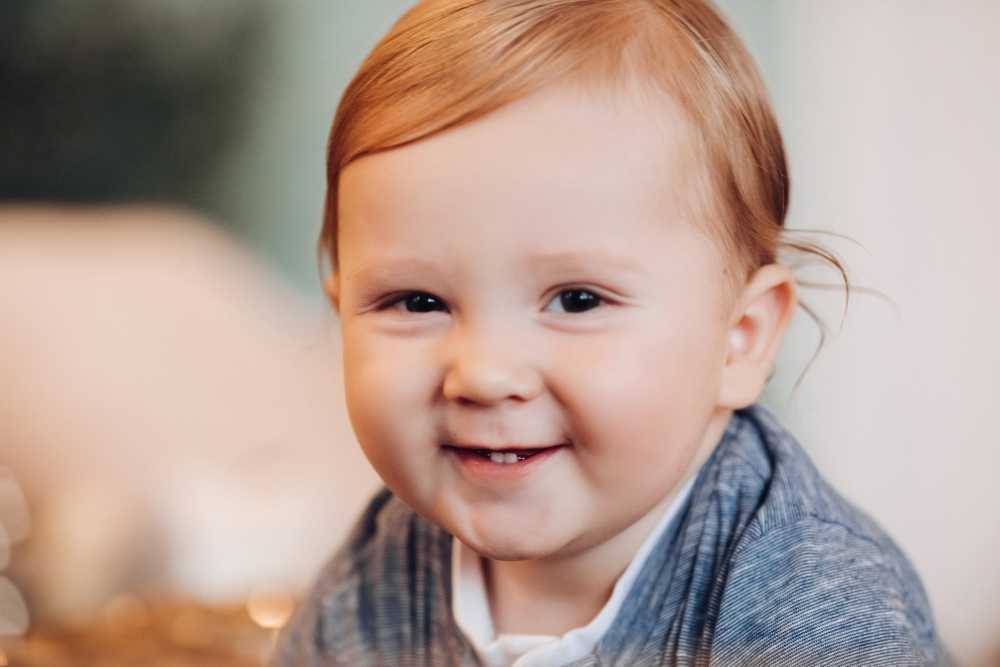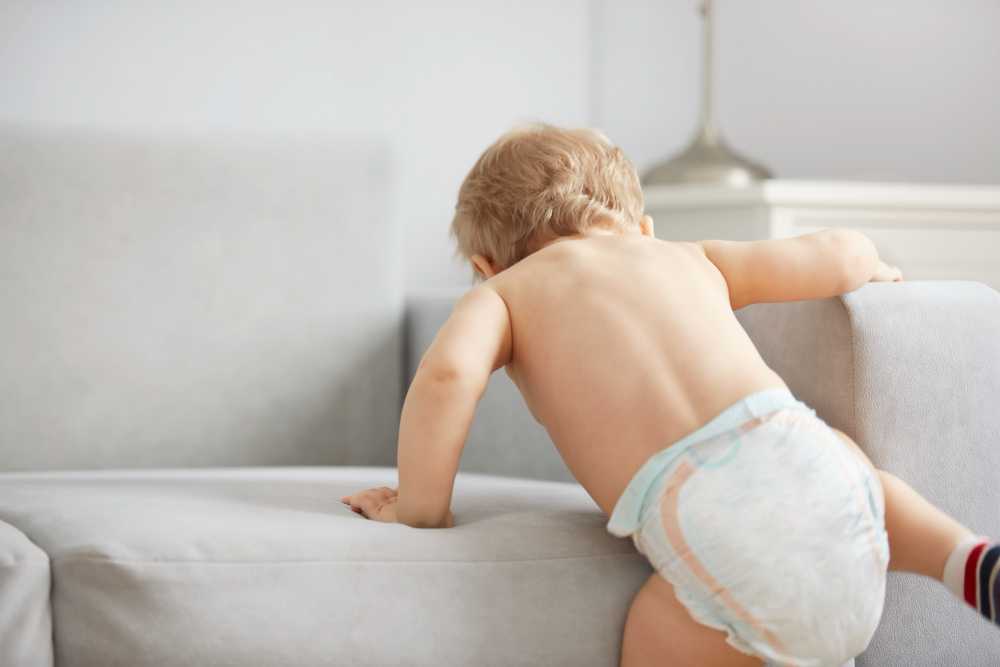Is Lining Up Toys a Sign of Intelligence? Here’s the Connection

The question, “Is lining up toys a sign of intelligence?” often pops into the minds of most new parents anytime they watch their child or children play with toys. It is not uncommon for children to arrange toys in rows during their play sessions. Generally, lining up toys in a row requires a lot of focus, concentration, and understanding of patterns and order.
This probably explains why most parents think of their children as intelligent anytime they arrange toys. Playing with toys, whether they line them up or not, helps kids make sense of the world around them. However, lining up toys helps children learn important skills, especially categorization and spatial relationships. Nonetheless, is lining up toys a sign of intelligence? Read on to find out the connection.
Is Lining Up Toys a Sign of Intelligence? What Does Lining Up Toys Mean?
Most parents have watched their children arrange their toy cars and stuffed animals in meticulous order. This common childhood phenomenon often strikes parents’ curiosity, with most questioning whether their child is exceptionally intelligent. Every parent’s curiosity is understandable, as it is every parent’s wish for their child to have unique cognitive abilities.
However, is lining up toys a sign of intelligence? Unfortunately, research has shown that children lining up their toys alone isn’t a confirmatory sign of unusual intelligence. This behavior in children is often associated with categorization, spatial reasoning, and organization.
Therefore, while you should be puzzled by your child’s abilities, consider it a common developmental phase that starts from toddlerhood. This behavior allows children to explore other skills that emerge during this phase, specifically categorization, control, organization, and play.
Categorization skills are built when kids learn how to group similar toys, noting the differences in each based on various attributes like size, shape, and color. Organization helps children comprehend order, sequence, and spatial relationships, while control comes with the autonomy of arranging toys. This helps them learn to self-regulate their emotions.
Essentially, children lining up toys represents normal growth milestones. This shows their development is on track as they continuously learn the world around them. Parents should allow and encourage this behavior while watching out for other signs of intelligence.
Beyond this, lining up toys could mean the following for children:
Normal Cognitive Development
If you’ve entered the phrase, “Is lining up toys a sign of intelligence?” online, chances are most search results suggest this is due to your child’s normal cognitive development. Studies on how children respond to playing with toys and dolls found that toys allow children to develop social processing and empathy skills from a very young age.
Therefore, how children play and organize their toys offers valuable insights into their cognitive developmental abilities and milestones. Toddlers get to understand pattern recognition by identifying sequences in toys, classification by sorting toys by size, shape, or color, improve memory and attention, and spatial understanding. Recreating patterns using their toys demonstrates their focus and memory while lining up toys and dolls shows they understand how objects relate.
That said, the best way to understand your child’s cognitive abilities is to watch them play. Watch how they organize patterns and arrange toys. However, remember that lining toys isn’t the sole indicator of the development of cognitive skills.
Problem-Solving Skills
Organizing toys also helps improve your child’s problem-solving skills. Children use logic to achieve the desired patterns. They also learn through experimenting and feedback, which enhances their problem-solving skills.
Parents can improve their kids’ problem-solving skills by encouraging them to organize toys by size, type, or color, having them create specific patterns, asking open-ended questions about their toy lineup, and introducing unique challenges, such as assembling a train rack or matching shapes. These challenges also offer educational opportunities that help your child learn and grow.
Creativity
Lining toys also boost your child’s creativity and artistry skills. Children rely on their imagination and memory to identify and group patterns. For instance, building using Lego bricks shows their creative and imaginative abilities.
Parents should allow their kids to create their preferred toy categories to foster out-of-box thinking, teach them about patterns and colors to improve their artistic abilities and combine multiple themed toys that encourage imaginative play to boost their kids’ creativity.
Is Lining Up Toys a Sign of Intelligence? 4 Possible Reasons for Lining Up Toys
Toys are unmatched companions for every child’s growth. Toddlers often line up toys for various reasons. One common reason is they are seeking order and routine. Neatly organized toys give children a sense of control and predictability in their environment. Children innately crave a sense of order, and lining up toys in a familiar routine, either before going to school or bedtime, gives them comfort.
Kids also line up their toys as a way to manage anxiety and frustration. Arranging their toys gives them control over their environment, which makes it easier for them to manage challenging emotions. Thirdly, some children also find it entertaining to line their toys. Arranging them in long lines or different patterns allows them to admire and manipulate toys in different ways.
Lastly, toddlers also line up toys to gain adult approval. Growing children yearn for praise, attention, and reactions from their parents. Lining up toys is a way of capturing their parents’ attention for some positive reinforcement. Remember, every child has different motivations behind lining their toys. Regardless of the reasons, this behavior allows them to practice various skills, especially problem-solving and fine motor skills.
Which Toys Measure and Encourage Intelligence?
Parents should find ways of boosting their child’s brain development. The following toys help develop your child’s brain:
Blocks and Building Sets
LEGO, Magna Tiles, and blocks significantly boost your child’s creativity and problem-solving skills. Children learn how to plan and identify patterns.
Science Kits
Scientific toys, like robots, geology kits, and chemistry sets, spark children’s interest in learning. These toys help them develop critical thinking and analytical skills.
Board and Card Games
These games nurture children’s thinking and decision-making skills.
Musical Instruments
Instruments boost creativity and encourage kids to express themselves. These toys also refine their fine motor skills.
Remember to buy your child toys according to their age. Buying the right toy helps them explore their abilities and skills.
Is Lining Up Toys a Sign of Intelligence? Other Signs Your Child Is Intelligent
While lining toys may not be a confirmatory indicator of intelligence in toddlers, you can still see a glimpse of your child’s intelligence in other ways. Parents can use day-to-day routines to spot early signs of intelligence in their toddlers. The signs include:
Advanced Vocabulary
You can tell your child’s intellect from their vocabulary. Your child may be of high intellect if their choice of words often leaves you surprised. Interestingly, toddlers can learn languages very quickly. Some may not have the motor skills to pronounce some words but understand the context. However, not all kids will use advanced words. Vocabulary development in children varies, and kids learn at different rates. Therefore, you shouldn’t be worried if your child isn’t a chatterbox yet.
Good Memory
Memory is the other indicator of a child’s intelligence. You should suspect high intellect if your child can remember events that happened weeks or months ago or a story you read almost word-for-word. While children are good at remembering things, you potentially have a smart kid if your little one has an unusually keen memory.
Early Reading and Writing Skills
Literacy skills are the other sign of intelligence in toddlers. Seeing your child attempting to write some letters or read a book is certainly delightful. However, beyond the cuteness overload, children who read and write earlier often turn out to be more intelligent. While this is heartwarming, you shouldn’t push them. Instead, encourage their interests and leave them to develop at their pace.
Curiosity
Toddlers who generally ask a lot of questions often turn out to be more intelligent. You shouldn’t turn down simple questions from your child like “Where do birds fly to or how high is the sky. While their questions may be exhausting, their interests and queries are simply meant to satisfy their curiosity.
Problem-Solving Skills
Children with excellent problem-solving skills often succeed in figuring things out. Fortunately, you can determine your child’s problem-solving skills using day-to-day activities and plays like solving puzzles or completing shape sorters. Highly intelligent kids always succeed at figuring out how things work or fit. Even if they can’t get it the first time, their patience and persistence often pays.
Is Lining Up Toys a Sign of Autism?
Interestingly, most parents asking the question, “Is lining up toys a sign of intelligence?” often suspect their kids are autistic. Like the fan fascination, your child lining up toys can easily be confused for autism. While some believe that this is an early sign of autism, lining up toys is a development milestone that children should achieve by their second birthday.
Therefore, you shouldn’t worry if your child is lining up toys at this age. However, this shouldn’t extend into the child’s preschool years. Lining up toys in preschool is a sign of a problem that parents and teachers should watch closely.
Just like lining toys isn’t a confirmatory sign of intelligence, there should be additional proof for children stuck on lining toys to be considered autistic. Specifically, you should observe the child’s temperament and demeanor when playing this game. Unfortunately, there’s a thin line between lining up toys being a sign of intelligence or autism.
For instance, most people line up their belongings repetitively simply to create order and cleanliness. The same should apply to children. Their lining-up behavior should simply be entertaining. However, if the child is focused on creating and preserving the line more than enjoying the play with their toys, you should be concerned.
Similarly, it is normal for children in their “terrible twos” to fit or break toys because of frustrations during play. It is natural for kids to get upset when their play is ruined, and this is how they deal with the rather new world. However, excessive tantrums when something happens to their toys may be a sign of autism.
Generally, autism is a complicated condition, and lining up toys isn’t enough to consider your child autistic.
The Bottom Line
Lining toys is a sign of your child’s ability to identify patterns and sequences. However, it isn’t a confirmatory indicator of intelligence. While it doesn’t mean your child is a genius, it highlights their perfectly developing cognitive abilities. As a parent, you should encourage and support your child’s skills and abilities.





